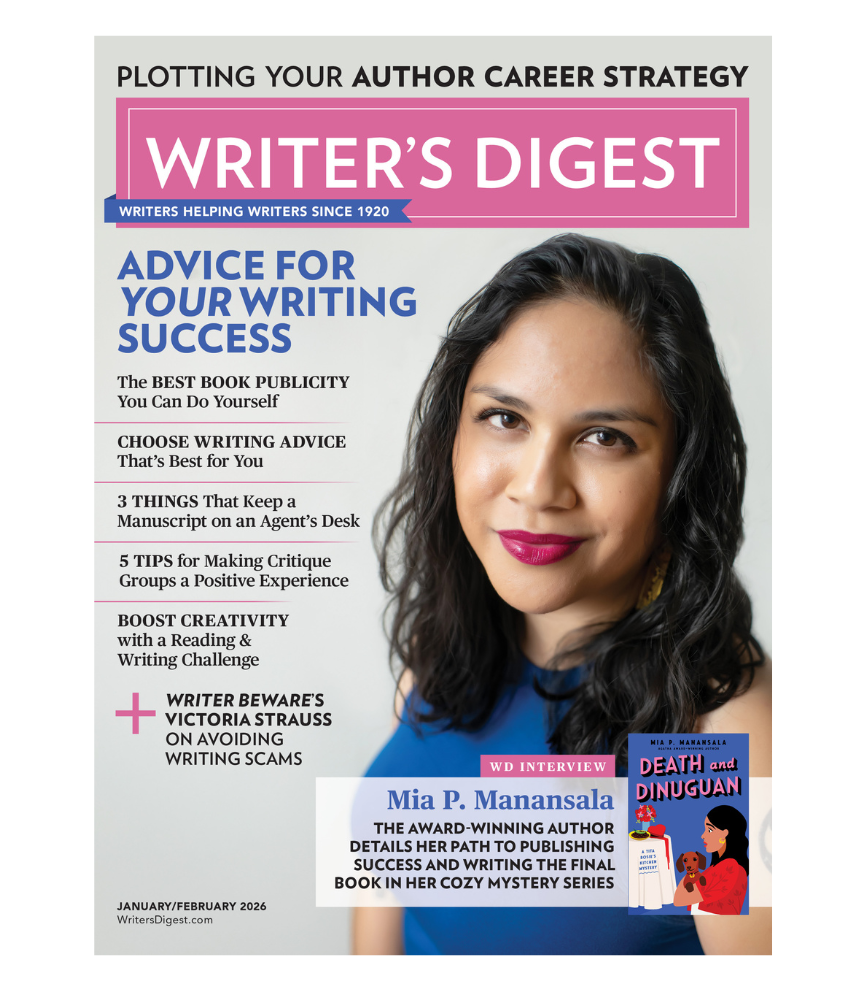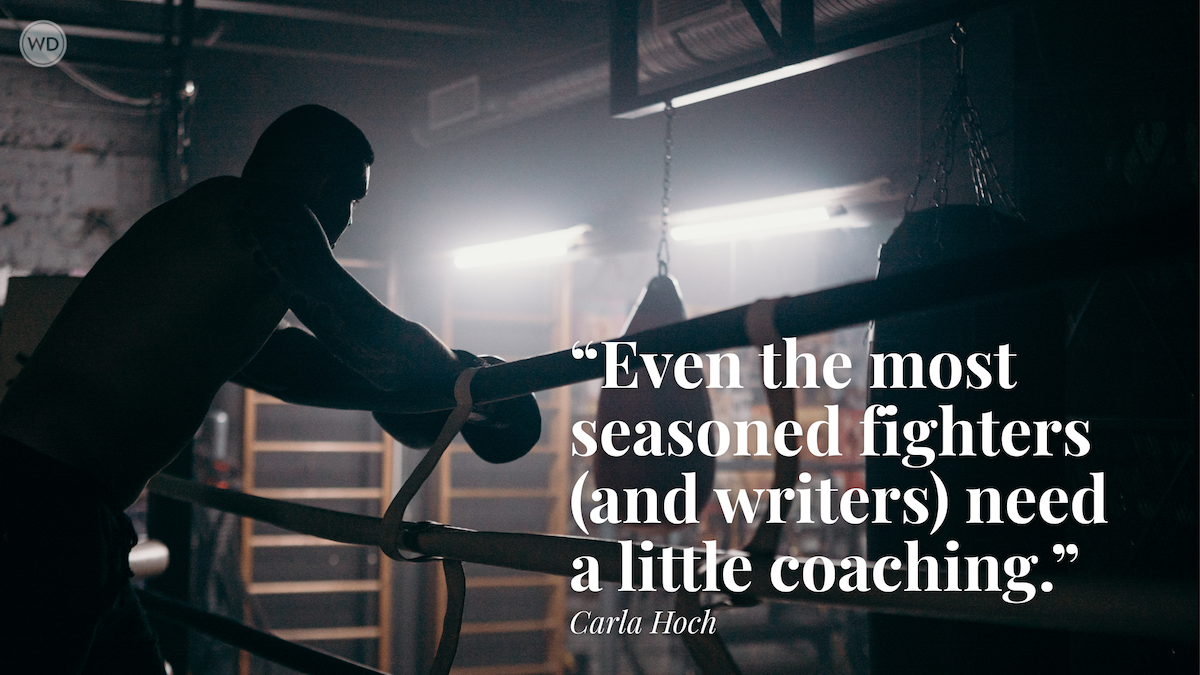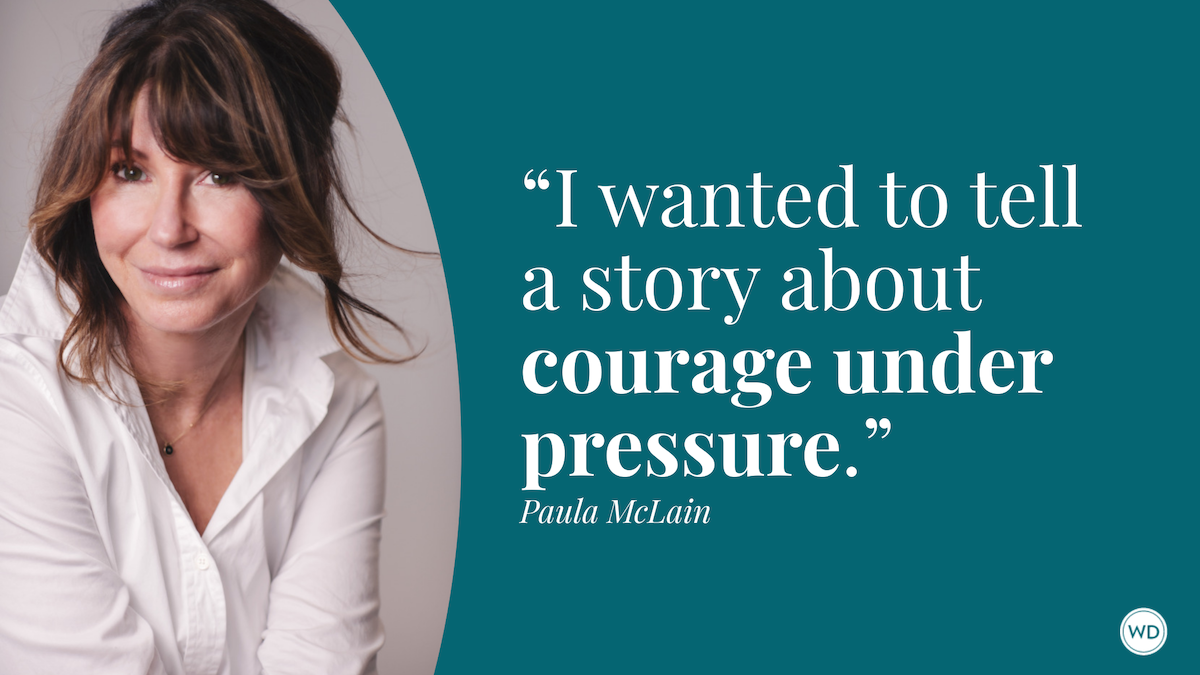Keeping Track of Your Story With Maps and Paper Dolls
Award-winning writer Lisa K Friedman shares how she uses paper dolls and a story map to keep track of her long-form fiction.
My novel Hello Wife took years to write. And that was just the first draft. Near the end, I’d accumulated nearly 600 printed pages. A very messy pile of paper, full of Post-its and handwritten notes on the backs of envelopes, store receipts, bar tabs, and on a flattened pack of gum. One night, I left a window open in my writing room and in the morning, I had close to 600 loose pieces of paper on the floor.
I grabbed the sheet closest to me and read. Charlotte, our main character, is braiding her thick red hair in preparation to meet her new mother-in-law. It’s a good scene. But wait! Red hair?
A quick look at my Word document confirmed: Charlotte’s hair is “the color of tea with milk.” I had lost track of her appearance.
One of the challenges in long form writing is to maintain a visual familiarity with all the characters. What they look like, their patterns of speech, what cars they drive. I love writing these details, but sometimes they’re hard to remember. And so, I use props. Namely, paper dolls and story maps.
Paper Dolls
Just as it sounds, paper dolls are basic cut-outs in the shape of a stick figure. I use cardboard so they don’t fall apart. Onto each doll, I write names, ages, features, quirks. As I write and develop these characters, I mark up the dolls to match. Sometimes I use colored pencils to illustrate certain features—if they’re important to the story.
I had a character who’d undergone an amputation of his arm, so I lopped off the arm of that doll. For a character who had a lisp, I drew his mouth as a lightning bolt. When characters undergo a change, I use colors to show alterations—without erasing any of the original features. In that way, I can easily recall what someone looked like before, and after.
The doll becomes a totem, carrying the unique marks and manners of that one character. This is a great way to bring your characters to life in a different way. Also, creating each doll is meditative and constructive; it gives you time to think about the character as a real person, and to consider what other features and facets you might reveal.
Story Map
Like a comic strip, story maps lay out a sequence of events in a simple, unadorned way. When putting my loose manuscript pages back in order, I created a story map to organize what I had already written. On 3X5 index cards, which are small and easy to move around, I described the rising action in each scene. Charlotte meets her mother-in-law where she gets drunk and falls down. Then, I noted the name of the restaurant because it was a recurring location. I noted the food because it revealed something about Charlotte and about her mother.
[Each card must earn its place on the map just as each scene must earn its place in the story. Thus, Charlotte is nervous about meeting her mother-in-law, does not belong on the map. Not yet, at least.]
By the time I finished the entire revision process, a full year later, I’d come to appreciate more information on the story map. Consider adding the following information:
- Page numbers: where does this scene appear in the manuscript
- Note the season to ensure steady passage of time
- Progression of a main character, or any critical character
- New developments: when a character notices something for the first time including clues
- Sub plots and secondary characters who throw the plot into a spin
- Character arcs: mark the emotional highs and lows, and pivotal moments of the journey
- Changes: note the big moments, pivotal revelations, major failures
When all the scenes are mapped, stand back and take a look. Follow the hero’s journey like a road map, flowing from card to card, looking for holes, missing beats, dead ends. I organize the cards in a three-act structure and then study the pacing and progressions, and note where I need to fortify the rising tension.
Be sure that each card, each scene, ties in with the core concept of the story. Pay attention to when and how information is transmitted, and to how the pacing of the story changes as a result. Are there too many cards marked summer? Where are the holes in the plot, and the lags in the pacing?
This might seem like a lot of busy work, but it saved me tons of time. I kept the paper dolls in the box with all my revisions and sometimes I take them out and say hello. The story map remains posted on my bulletin board, even as the publishing date for Hello Wife approaches. I like to walk by and look at the progress: my progress and the story’s progress. But that’s just me.
Check out Lisa K Friedman's Hello Wife here:
(WD uses affiliate links)









